Top media planning and buying agency in Lagos, Nigeria.
The world of advertising is always changing. The technology, the platforms, and most importantly, the consumers are all different than they were even five years ago. And in order to keep up with this ever-changing landscape, your advertising strategy needs to change too. That’s where we come in.
We understand that in marketing communications, what is said is as important as where it is said. we specialize in media planning and buying. We understand the ins and outs of all the different advertising platforms, and more importantly, can help you reach your target audience with the right message through the most effective channels.
We offer media planning and buying services covering Out-Of-Home, Television, Radio, and Digital Advertising for brands, and can handle all aspects of the buying process, from negotiating rates to placing orders and tracking delivery

Clients That Trust Us
if these brands can trust us so can you


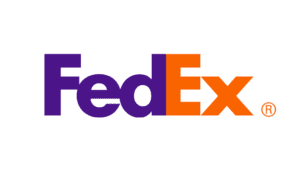


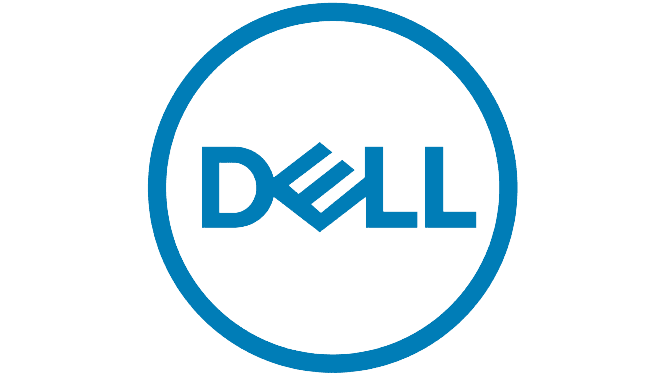


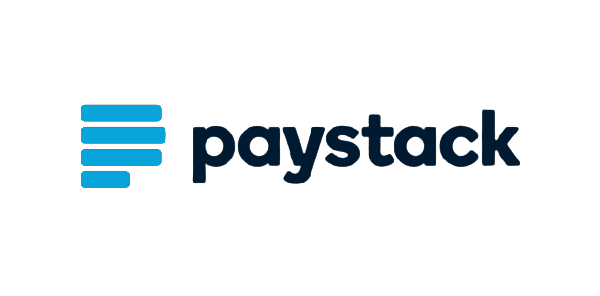

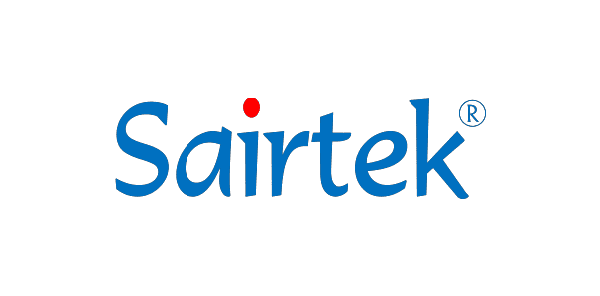








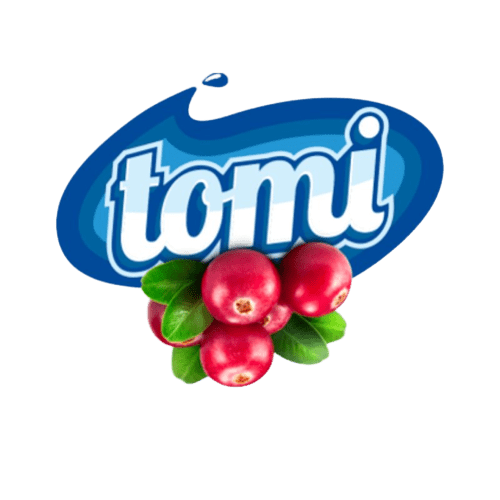
TvC Campaign
Radio Jingles
Struggling to Reach the Right Audience?
Imagine getting the most bang for your advertising buck. Imagine reaching ideal customers who are ready to engage with your brand. Media planning and buying services can make this a reality.
Targeted Advertising that Works
We take the guesswork out of advertising. Our media planning and buying experts will craft a strategy to get your message in front of the right people, at the right time, and on the right channels.

Dominate strategic locations nationwide with eye-catching billboards
Create buzz and excitement with unconventional and memorable campaigns
Build positive relationships with the media and manage your brand reputation.
Optimize your website and online content to rank higher in search results and attract organic traffic
Reach millions of Nigerians through captivating audio and visual experiences.
Create buzz and excitement with unconventional and memorable communication
transform visions into vibrant identities that connect, captivate, and convert.
We bring your vision to life, beautifully. We turn your ideas into stunning visuals that capture your audience’s attention
From spark to strategy, we build brands that stand out. Let’s get started today
Frequently Asked Questions
Media buying is essentially the process of purchasing advertising space and time across various channels to promote a product, service, or brand. It involves securing the right placements for your ads to reach your target audience at the most opportune moments, and negotiating the best rates possible.
Traditionally, media buying involved securing spots on television, radio, print publications, and billboards. Today, it encompasses the digital realm as well, including websites, social media platforms, apps, and streaming services.
Here’s a breakdown of what media buying services typically entail:
- Identifying the target audience: A media buyer first needs to understand who you’re trying to reach with your advertising campaign. This involves demographics, interests, and online behavior.
- Selecting media channels: Based on the target audience, the media buyer will recommend the most relevant channels to place your ads. This could be a mix of traditional and digital media.
- Negotiating rates and placements: Media buyers have strong negotiation skills to secure the best rates and placements for your ads within your budget.
- Campaign management and optimization: Once the ads are placed, media buyers monitor their performance and make adjustments as needed to optimize the campaign and maximize its effectiveness.
The main purpose of media planning is to strategically select the most cost-effective and efficient media channels to deliver your message to the target audience. It’s all about maximizing the impact of your campaign while keeping costs under control.
Here’s how media planning achieves this:
- Targeting the right people: By researching your target audience, media planning ensures your message reaches the most receptive individuals.
- Choosing the optimal channels: Different media channels reach different audiences and have varying costs. Media planning helps you pick the right mix of channels, like TV, social media, or podcasts, to get the most bang for your buck.
- Frequency and timing: It considers how often and when your target audience consumes media. This ensures your ad reaches them at the most opportune moments to have the strongest influence.
- Maximizing reach and engagement: Media planning aims to achieve the desired level of awareness and engagement with your target audience within the set budget.
Effective media planning and buying offers a number of advantages for businesses running advertising campaigns. Here are some of the key benefits:
Increased ROI (Return On Investment): By carefully selecting media channels and targeting the right audience, you get more bang for your advertising buck. You avoid wasted ad spend on irrelevant demographics or platforms.
Targeted Audience Reach: Media planning helps you pinpoint the exact audience you want to reach, ensuring your message gets in front of the most receptive individuals. This leads to better brand awareness and engagement.
Optimized Budget Allocation: Media planning allows you to strategically allocate your advertising budget across different channels to maximize its effectiveness. You won’t overspend on ineffective placements.
Campaign Efficiency: A well-planned media strategy ensures your campaign runs smoothly and efficiently. You’ll have a clear roadmap for ad placement, timing, and budget allocation.
Data-Driven Decisions: Media planning leverages market research and audience data to inform campaign decisions. This data-driven approach helps you tailor your message and placements for better results.
Competitive Advantage: Understanding your target audience and their media consumption habits gives you an edge over competitors. You can develop targeted campaigns that resonate more effectively.
Improved Brand Awareness: By strategically placing your ads across relevant channels, you can significantly increase brand awareness and recognition among your target audience.
Measurable Results: Media planning allows you to set clear goals and track the performance of your campaigns. This makes it easier to measure success and make adjustments as needed.
A buying plan, whether for personal use or a business, helps you make informed decisions about a significant purchase. Here’s a breakdown of the steps to follow to create a watertight buying plan:
1. Define Your Needs and Wants:
- Identify the Item: Clearly define what you’re planning to buy. Be specific about the type, model, or features you need.
- Needs vs. Wants: Differentiate between essential features (needs) and desirable but not critical ones (wants). This helps prioritize during the selection process.
2. Set a Budget:
- Financial Reality: Determine how much you can realistically afford to spend on this purchase. Consider your income, savings, and existing financial commitments.
- Factor in Everything: Include the cost of the item itself, any taxes, installation fees, potential accessories, and ongoing maintenance costs (e.g., ink cartridges for a printer).
3. Research Your Options:
- Compare Features: Research different brands and models available within your budget. Look for features that meet your needs and wants.
- Read Reviews and Ratings: See what other consumers and experts have to say about various options. This can reveal potential pros and cons you might not have considered.
4. Consider Alternatives:
- Think Outside the Box: Explore pre-owned options, refurbished models, or similar alternatives that might offer better value for your budget.
- Subscription Services: For specific needs, see if there are subscription services that might be a more cost-effective solution in the long run.
5. Evaluate Offers and Negotiate:
- Compare Prices: Get quotes from different retailers or vendors to compare pricing and any potential deals or discounts.
- Negotiate When Possible: Depending on the purchase, you might have some room for negotiation, especially on non-fixed-price items.
6. Make an Informed Decision:
- Weigh the Options: Carefully consider all the research, features, and pricing information you’ve gathered.
- Choose What Suits You Best: Don’t be swayed by impulse purchases. Opt for the option that best aligns with your needs, budget, and long-term goals.
Media buying involves securing advertising space and time to reach your target audience. Here’s a breakdown of the typical steps involved in the process:
1. Review Media Plan:
- This initial step involves thoroughly examining the media plan created during the media planning stage. The media plan outlines your target audience, campaign goals, and budget allocation across various media channels.
2. Develop Media Buying Strategy:
- Based on the media plan, you’ll develop a buying strategy that specifies how you’ll secure ad placements on the chosen channels. This might involve negotiation techniques, bidding strategies, and preferred ad formats.
3. Conduct Media Research:
- This research dives deeper into audience demographics, media consumption habits, and advertising rates on your target channels. You’ll use this data to inform your buying decisions.
4. Send Requests for Proposals (RFPs) (Optional):
- An RFP is a formal document sent to media vendors outlining your campaign goals, target audience, and budget. Vendors respond with proposals detailing their ad inventory, pricing, and reach capabilities.
5. Negotiate Rates and Placements:
- This is where your negotiation skills come into play. You’ll work with media vendors to secure the best possible rates and placements for your ads within your budget constraints.
6. Finalize Media Buying Schedule:
- Once negotiations are finalized, you’ll establish a definitive schedule for ad placements across the chosen media channels. This ensures your ads run as planned during the campaign period.
7. Prepare Insertion Orders (IOs):
- An Insertion Order (IO) is a legal document outlining the agreed-upon terms between you and the media vendor. It specifies details like ad format, placement, pricing, and running dates.
8. Send Insertion Orders (IOs) to Vendors:
- Once finalized, the IOs are formally sent to the media vendors for their signature, solidifying the agreed-upon ad placements.
9. Implement Advertisements:
- This involves providing your creatives (ad content) to the media vendors according to their specifications and deadlines. The creatives are then uploaded or delivered to their systems for publishing.
10. Track Media Performance:
- Throughout the campaign, you’ll monitor the performance of your ads across different channels. This involves tracking metrics like impressions, clicks, conversions, and engagement.
11. Reconcile Media Vendor Bills:
- After the campaign runs, you’ll receive bills from media vendors. This step involves carefully checking the bills against the agreed-upon rates and placements in the IOs to ensure accuracy.
12. Campaign Reports:
- Once the campaign concludes, you’ll generate reports analyzing the overall performance. This includes metrics, return on investment (ROI), and insights to inform future media buying decisions.